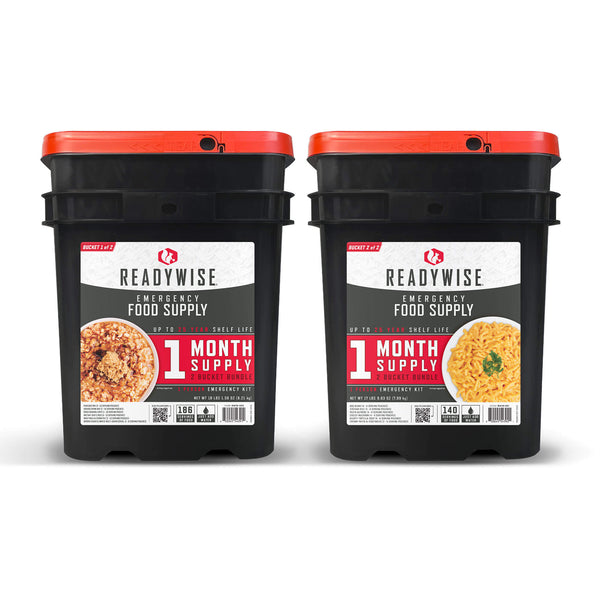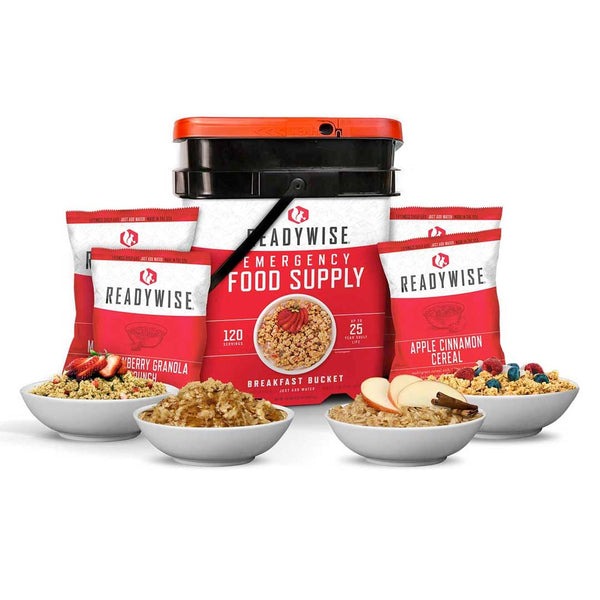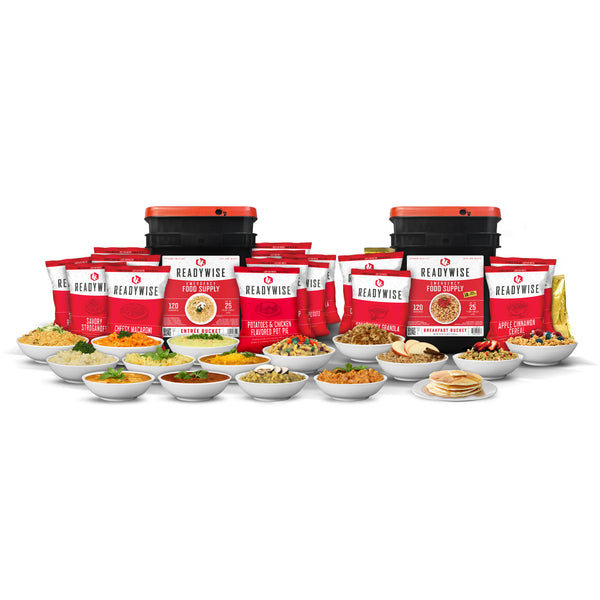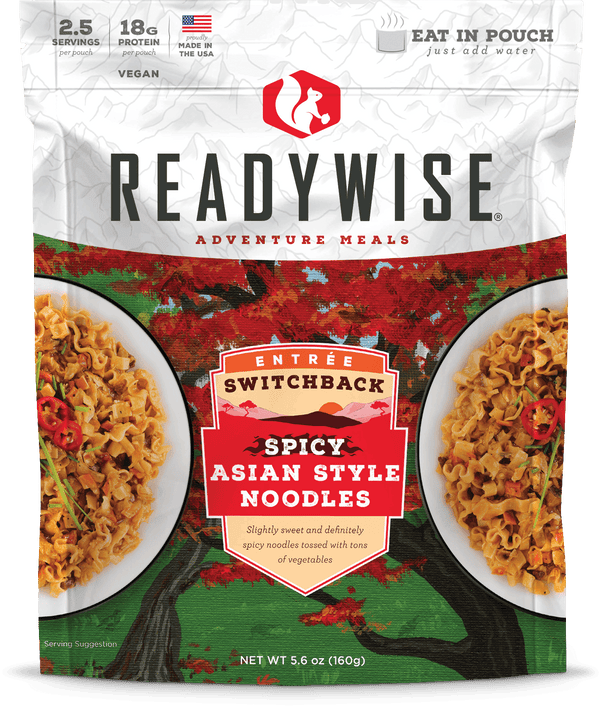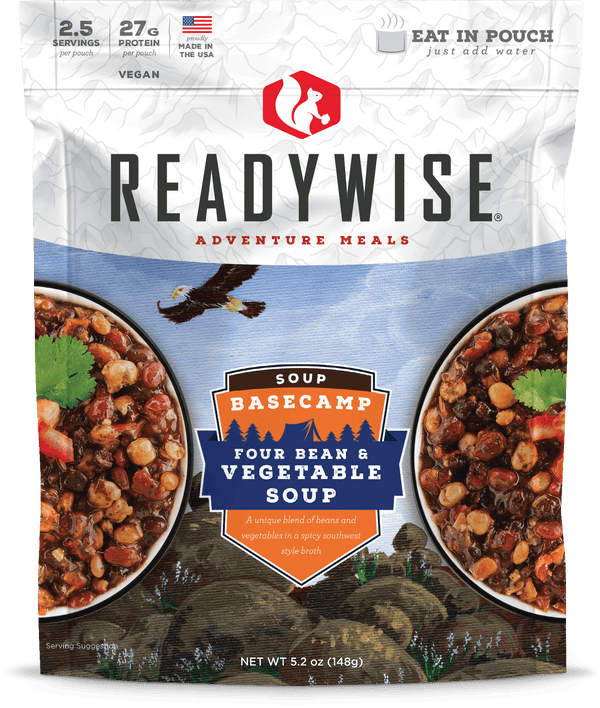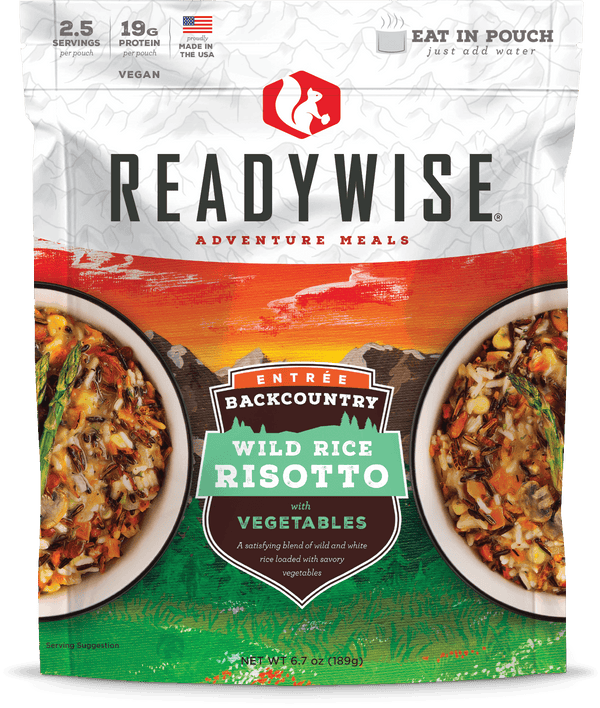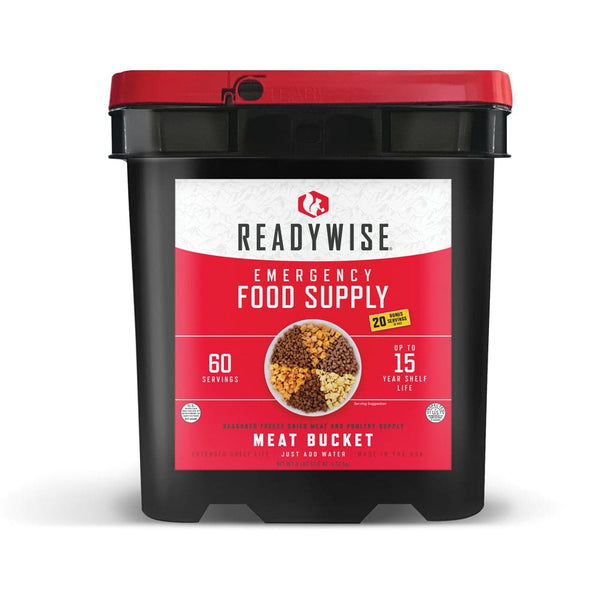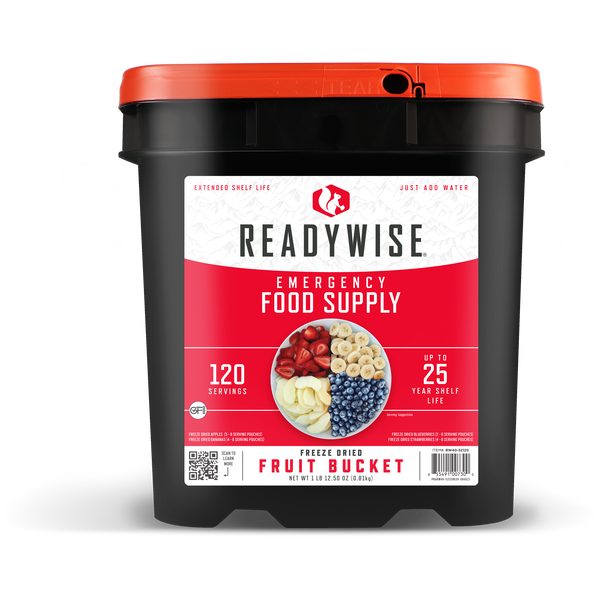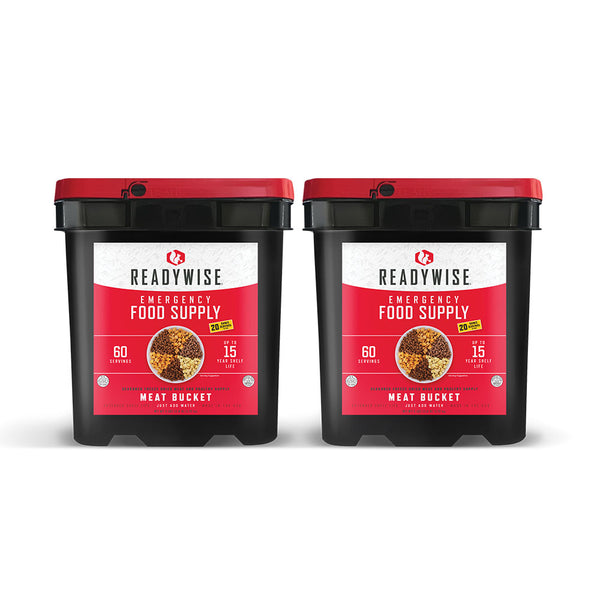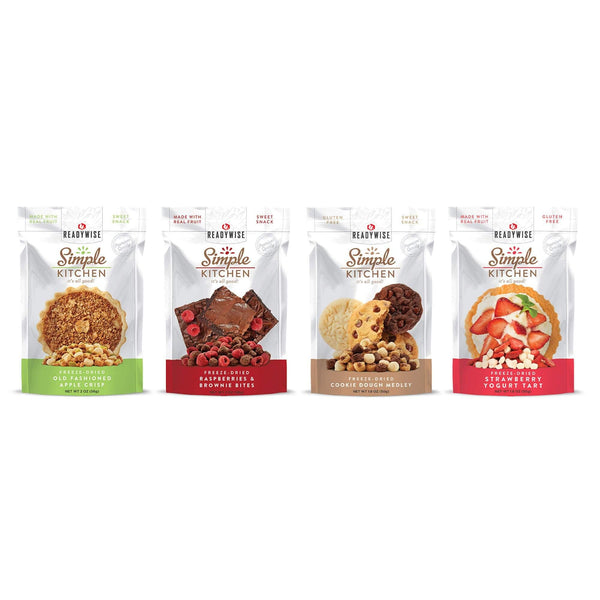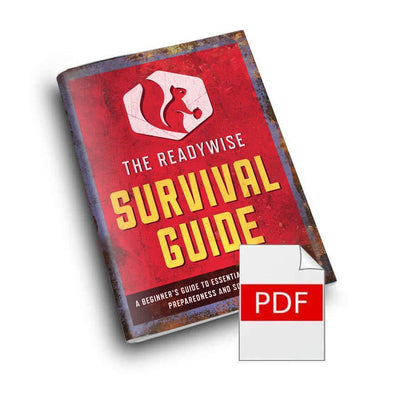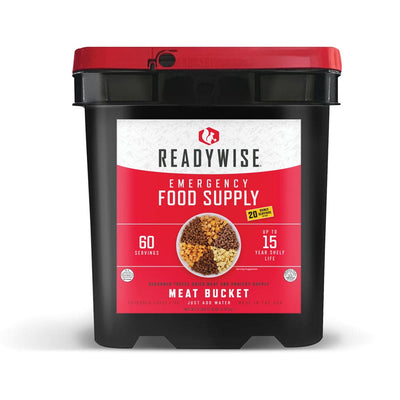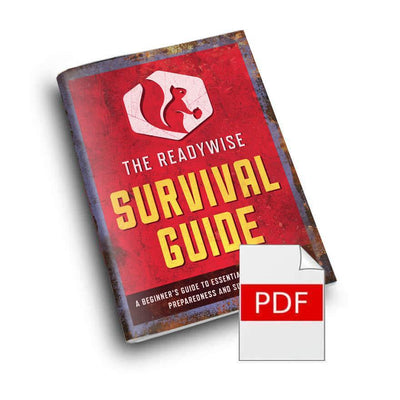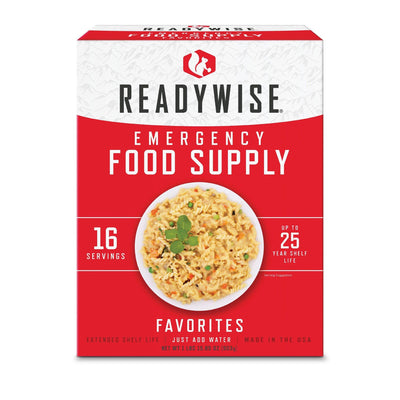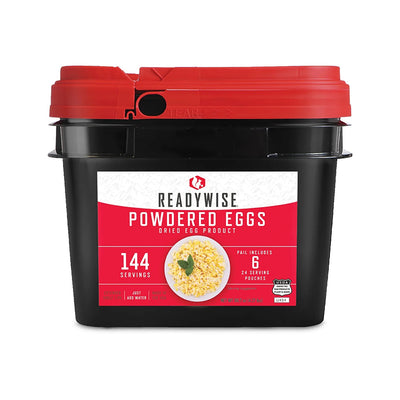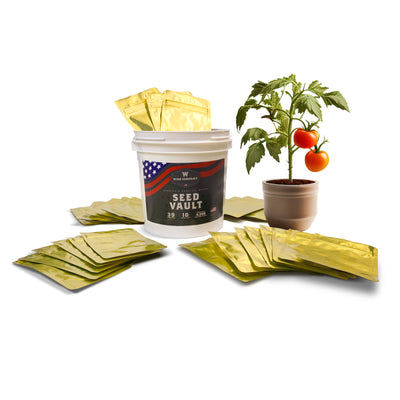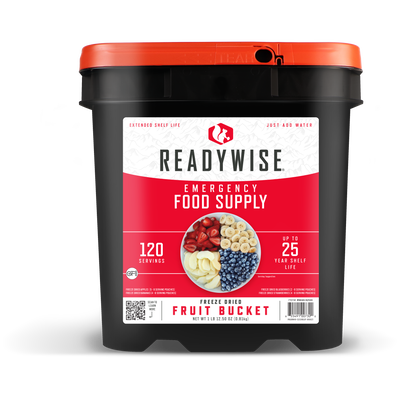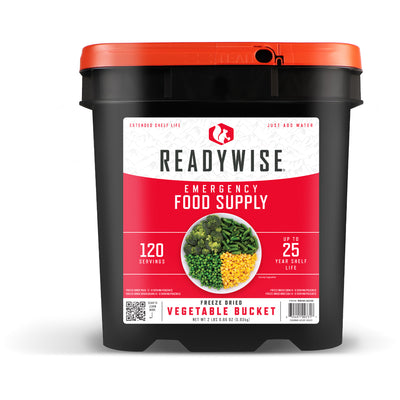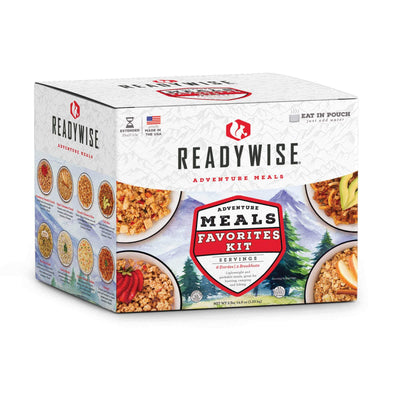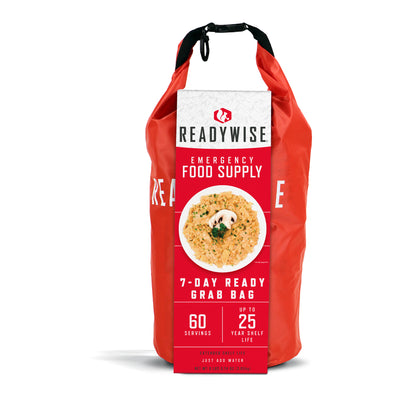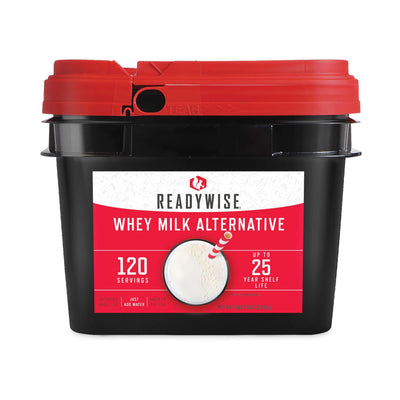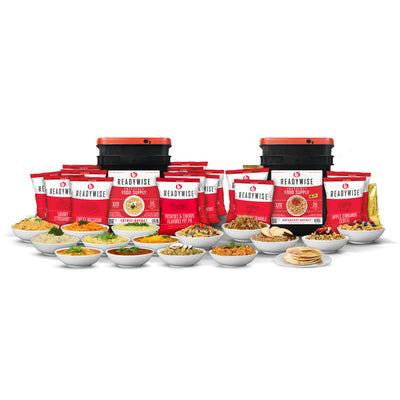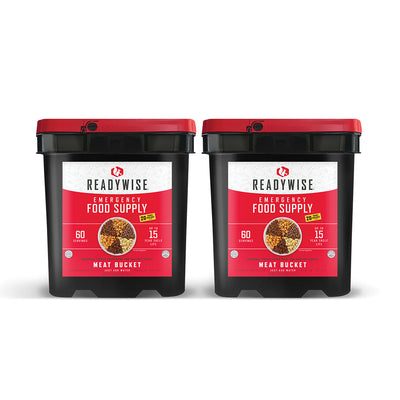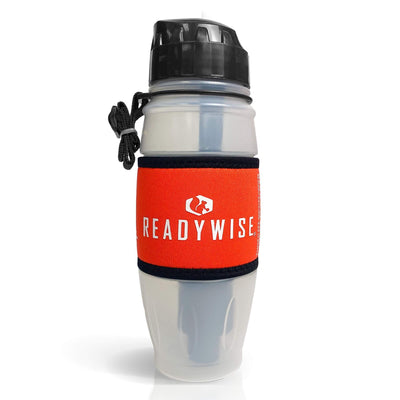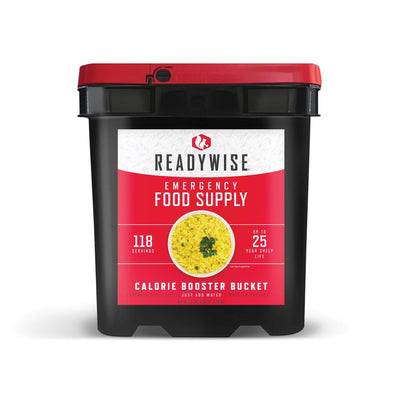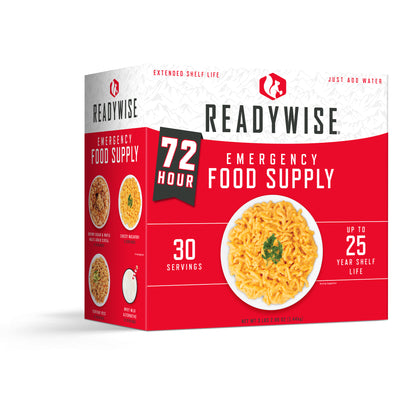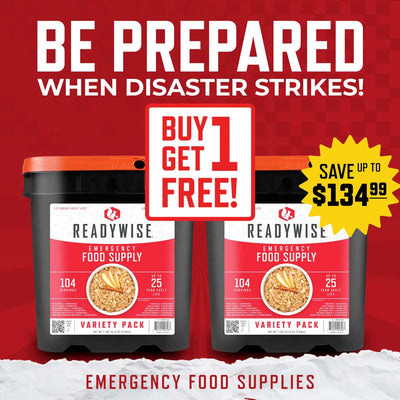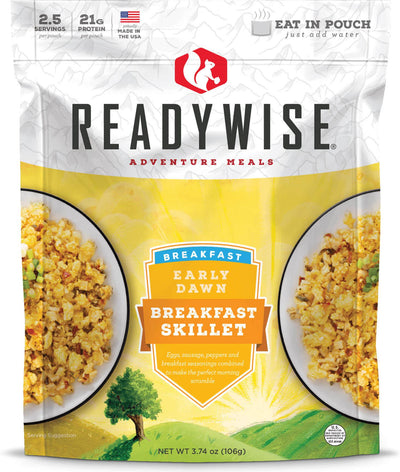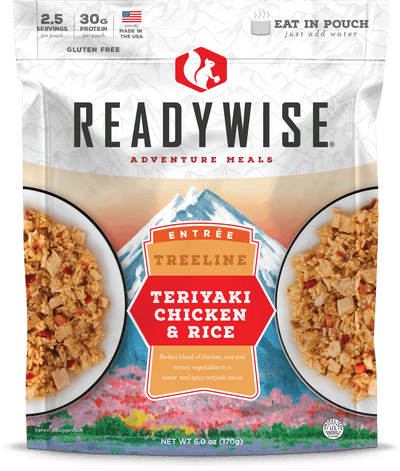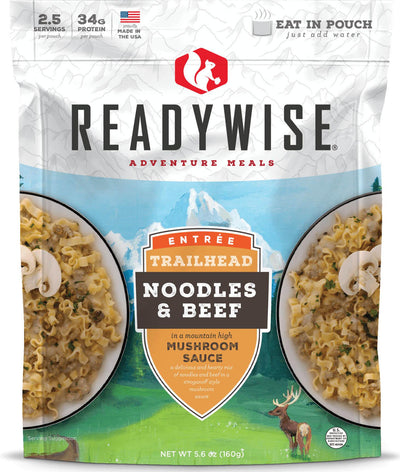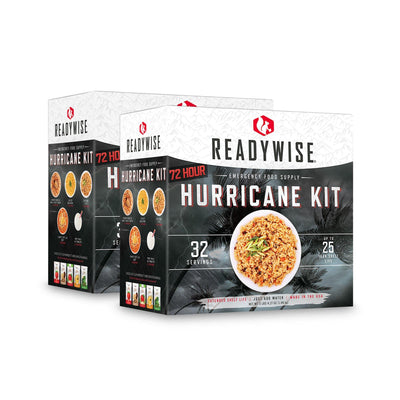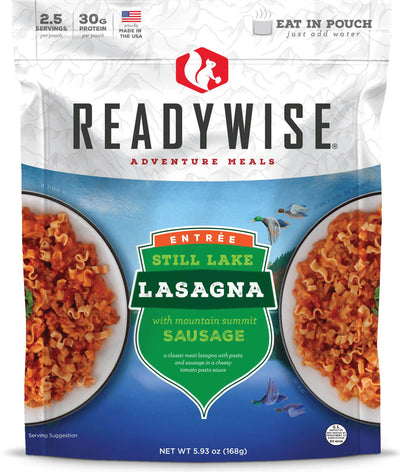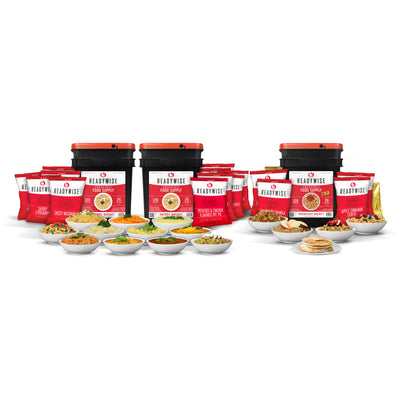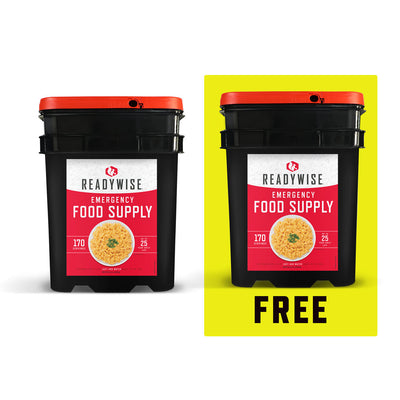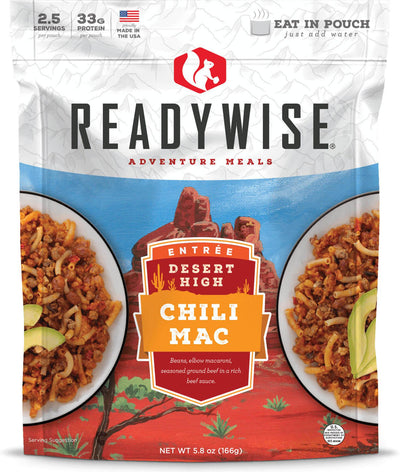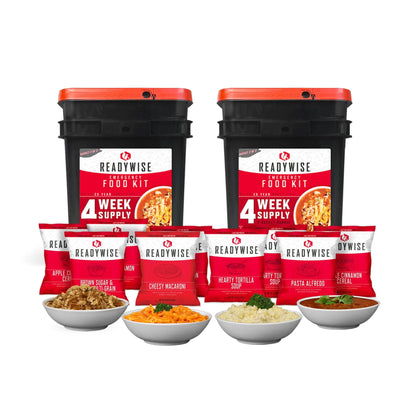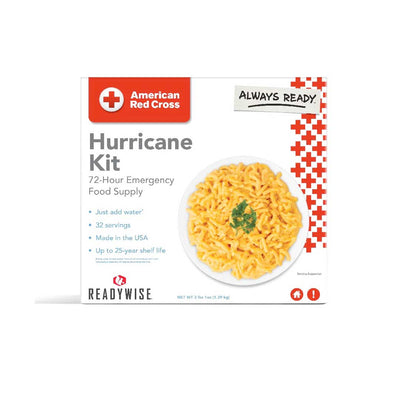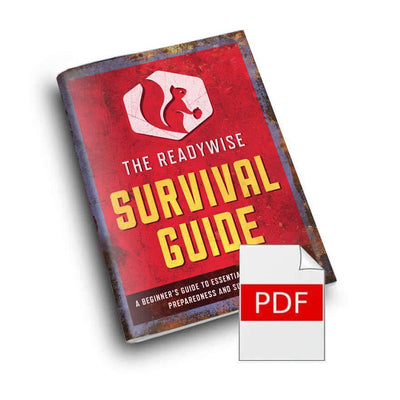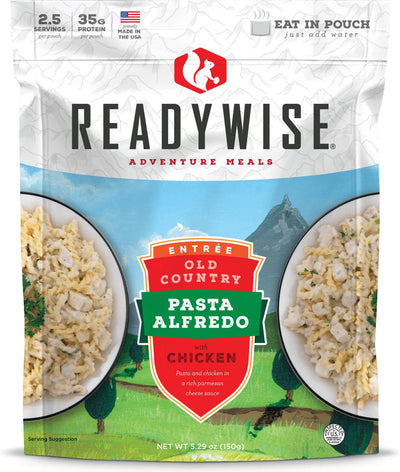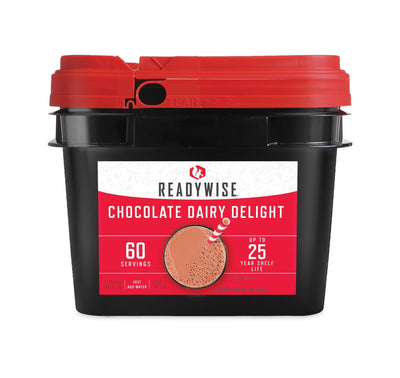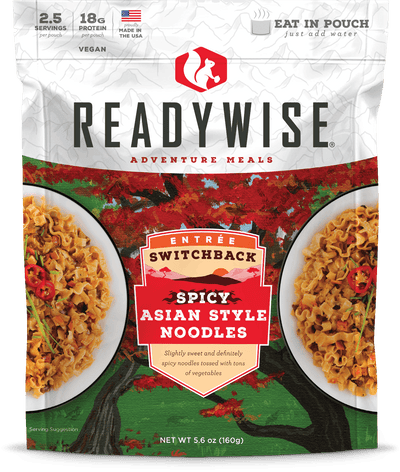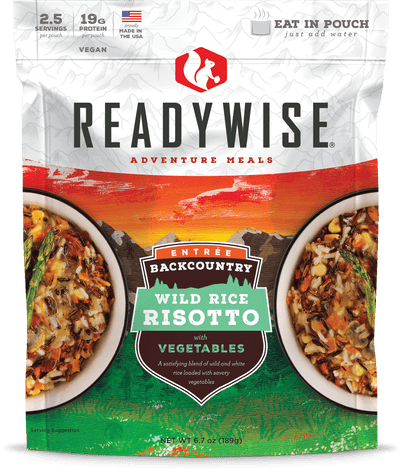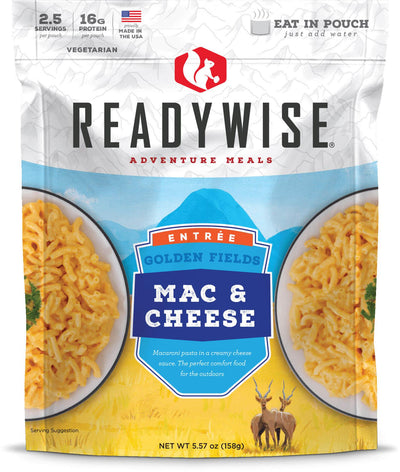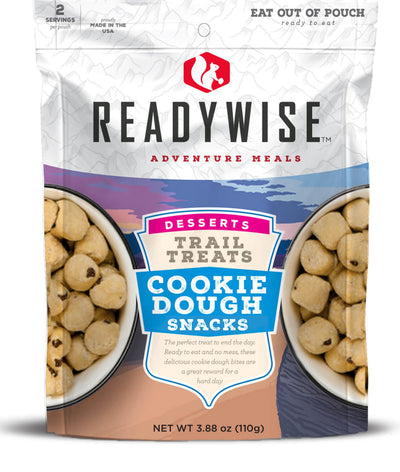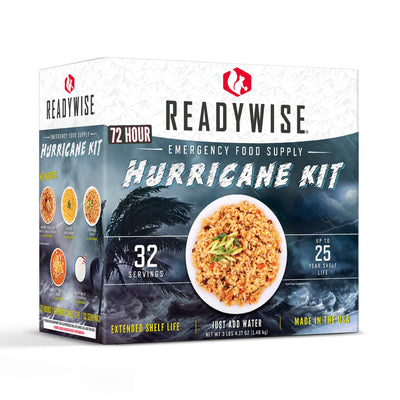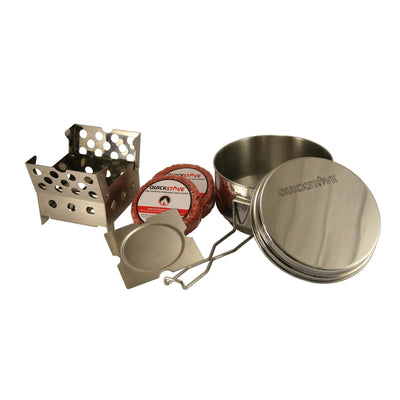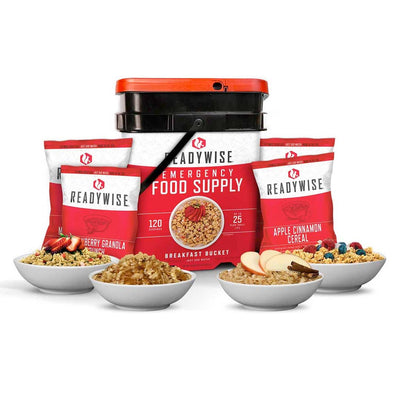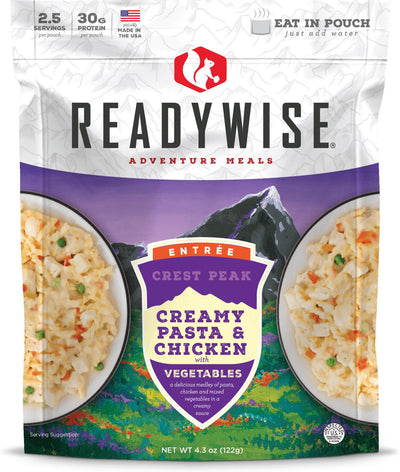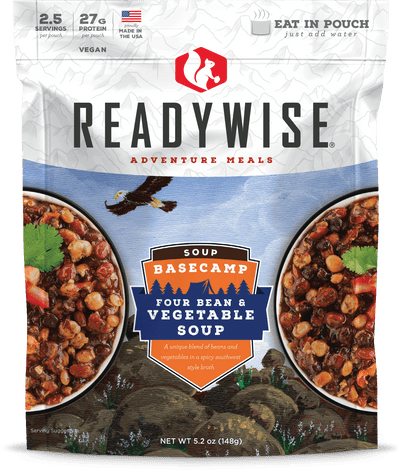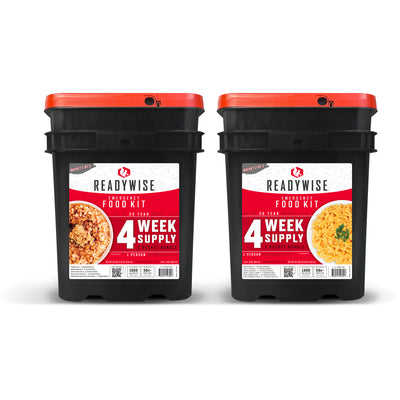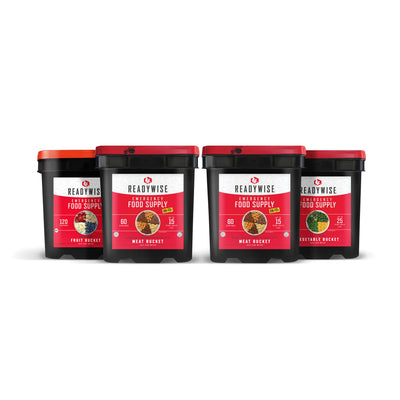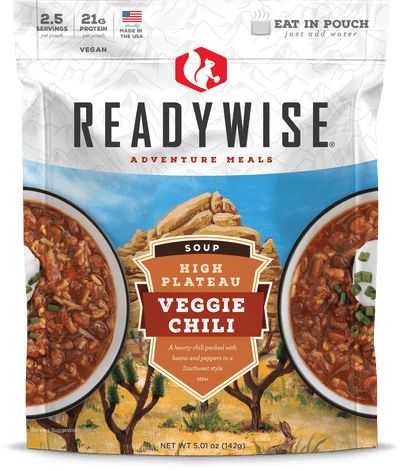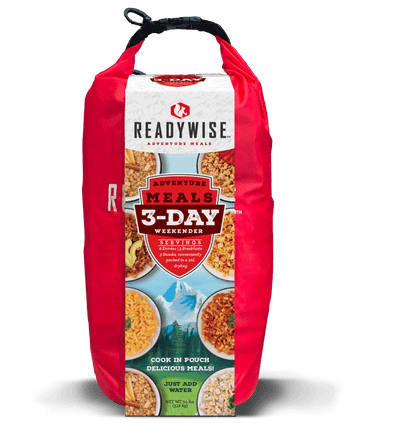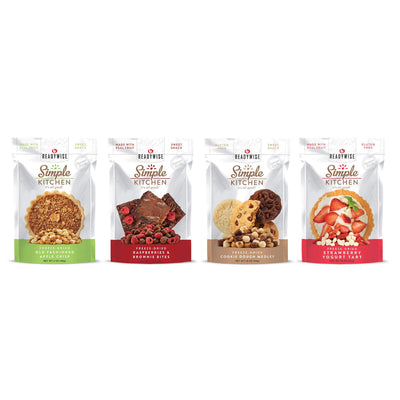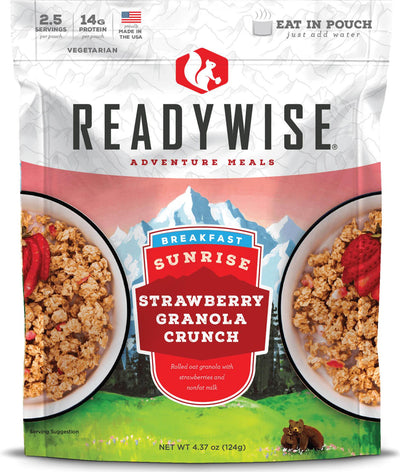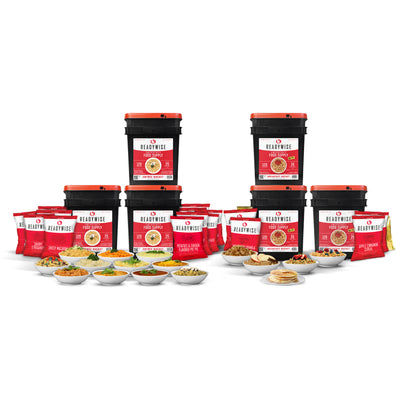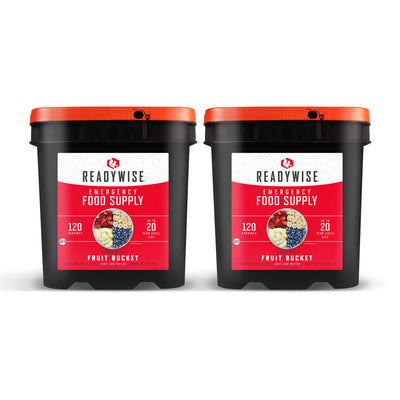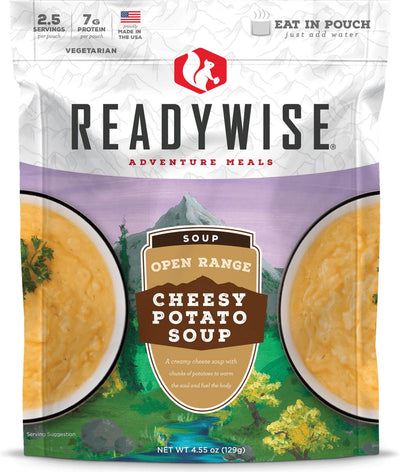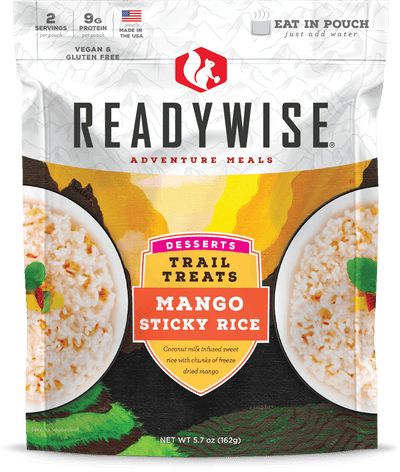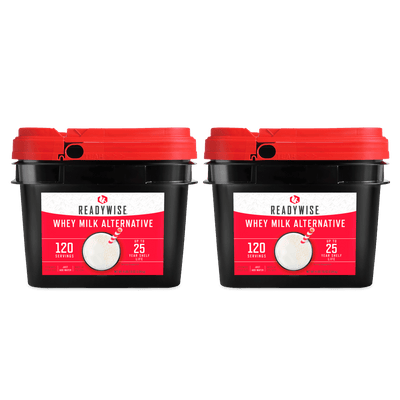How to Store Water for an Emergency
Water is essential for survival and an absolute necessity when preparing an emergency supply kit. In the aftermath of a disaster, clean drinking water may not be available. Water in your home may be cut off or contaminated with raw sewage. If grocery stores are open, the huge demand for bottled water may deplete shelves within minutes, without a viable way for stores to promptly restock.
How Much Water Should You Store?
Most experts suggest storing at least one gallon of water per person to last three days. A normally active person needs to drink about three quarters of a gallon of fluid a day, derived from water and other beverages. This amount may increase based on a person’s age, health, physical condition, activities, diet, and climate. If you have pets, you also need to take their needs into consideration. The following are basic guidelines:
• One gallon of water per person per day, for drinking and sanitation.
• Children, nursing mothers, and people with health conditions may need more water.
• If you live in a warm weather climate, you’ll need more; in very hot temperatures, you should double the amount of water.
• Store a minimum of a three-day supply of water per person.
Three days of water should be enough to get you through water being shut off or contamination that can affect water supplies during natural disasters like earthquakes, tornadoes, and ice storms. Some preppers suggest storing two weeks of water per person, but many people don’t have adequate space in their house to accommodate that much water. You’ll need to decide for yourself based on your family’s circumstances if you can store water in excess of the 72-hour minimum. If you decide to store more, a large water storage tank may not take up as much room as multiple containers, although it is much harder to transport.
Filtered Water in BPA-Free Containers is the Best Option
Filtered water is far more environmentally friendly than buying plastic water bottles that contribute to the billions of water bottles occupying large volumes of landfill and polluting the nation’s waterways. Therefore if you can, it is best to store filtered water rather than tap water or commercially available water. Make sure you use BPA-free water bottles or containers. The water should be stored in a cool, dark place and check your emergency water supply every 6 months to make sure it has not been compromised.
If you have a home filtration system, you have the option of storing your own water in environmentally-safe containers. If you are looking for a handy, portable filtering solution, the Katadyn Pocket is the most rugged, longest lasting water filter available and is the only portable device to come with a lifetime warranty. Its aluminum pump construction and durable ceramic filter provide reliable performance up to 13,000 gallons. While it is perfect for preparing emergency water storage, it is also ideal to take on camping trips.
Food-grade water storage containers provide the best option for water storage, but make sure you wash them thoroughly with soap and water prior to use. ReadyWise offers WaterBrick Stackable Water Containers in two sizes that hold 1.6 gallons and 3.5 gallons of liquid, respectively. Made of rugged, high density polyethylene (HDPE), they are BPA-free and meet FDA standards. These bricks can be cross stacked for maximum storage efficiency. They are ideal for camping, as well as emergency disaster preparation. The easy grip comfort handle makes them highly portable. Coupled with the Ventless Spigot, you will be thankful you stored water in these highly practical and safe containers.
Using Your Own Bottles
If you decide to recycle bottles for storing water, 2-liter soda bottles are a better choice than milk jugs or juice containers. The latter have milk protein and fruit sugar residues that cannot be adequately washed off. Glass containers are too heavy and can easily break, while cardboard liquid containers cannot be used for long-term storage. Remember to check the water every few months because evaporation and leakage are more common with these types of containers.
https://www.ready.gov/water
https://www.fema.gov/pdf/library/f&web.pdf








